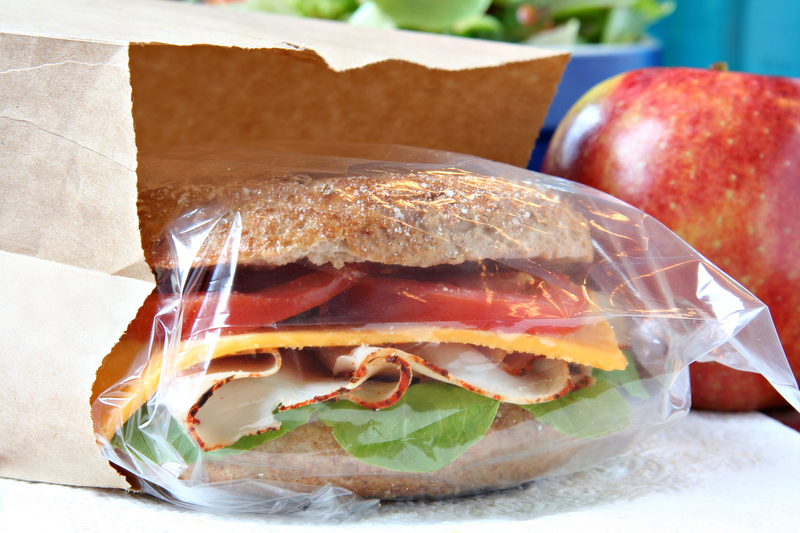Steps to Pack Your Bed and Bedding
Posted on 30/08/2025
Steps to Pack Your Bed and Bedding
Relocating can be a daunting task, especially when it comes to packing bulky items such as beds and bedding. This guide will simplify the process by providing you with detailed steps to efficiently pack your bed and bedding, ensuring everything arrives at your new home intact.

Step 1: Gather Your Supplies
Before you begin, make sure you have all the necessary materials:
- Mattress bags
- Mattress boxes
- Furniture blankets or moving pads
- Packing tape
- Bubble wrap and packing paper
- Ziplock bags for screws and small parts
- Permanent markers for labeling
Step 2: Disassemble Your Bed Frame
Start by removing the bedding from the mattress. Take all sheets, pillowcases, and covers, and pack them separately in moving boxes.
1. **Headboard & Footboard**: If your bed frame includes a headboard and footboard, remove them carefully. Use a screwdriver or wrench to undo the bolts. Place the bolts in a small Ziplock bag, label it, and tape it to the frame to avoid losing any parts.
2. **Slats and Support**: Remove any slats and central supports. Follow the same process for screws and bolts, placing them in labeled Ziplock bags.
3. **Side Rails**: Disassemble the side rails. These long pieces should be wrapped in furniture blankets or moving pads to prevent scratches during the move.
Step 3: Wrap Your Mattress
Your mattress is one of the most important pieces of your bedding, so it should be well-protected.
1. **Mattress Bag**: Slide the mattress into a mattress bag. These bags protect against dirt, dust, and moisture during the move.
2. **Mattress Box**: For added protection, place the bagged mattress into a mattress box. This step is especially crucial for long-distance moves.
Step 4: Pack Your Bedding
Properly packing your bedding is key to keeping it clean and organized.
1. **Sheets and Pillowcases**: Fold sheets and pillowcases neatly and place them inside a clean moving box. Label the box with its contents, for instance, "Master Bedroom - Sheets."
2. **Bulky Items**: Comforters, duvets, and blankets can be packed into large vacuum-sealed bags to save space.
3. **Pillows**: Place pillows in large plastic bags or boxes. You can also use pillowcases to keep them clean during the move.
Step 5: Load Everything Onto the Moving Truck
When loading the truck, be mindful of the weight and fragility of items.
- Place the mattress and box spring upright along the sides of the truck.
- Secure the headboard, footboard, and side rails using moving straps or rope.
- Stack boxes containing bedding on top of heavier items to prevent crushing.
Pros and Cons
Pros:
- **Organization**: Proper packing ensures all parts and bedding arrive organized and undamaged.
- **Protection**: Using mattress bags and boxes prevents potential damage and dirt accumulation.
Cons:
- **Time-Consuming**: Disassembling and packing can be a lengthy process.
- **Cost**: Purchasing mattress bags, boxes, and other packing supplies can add up.
Tips for Efficient Packing
- **Label Everything**: Label all bags and boxes with descriptive names to make unpacking simpler.
- **Take Photos**: Take photos of how your bed is assembled to help with reassembly.
- **Assign Help**: If possible, have someone assist you in handling larger items like the mattress and bed frame.

Key Takeaways
- Gather all necessary packing materials before you start.
- Disassemble bed frames carefully, keeping all bolts and screws together.
- Use mattress bags and boxes to protect your mattress.
- Properly pack your bedding to keep it clean and organized.
- Label boxes and take photos to ease the unpacking process.
Conclusion
Properly packing your bed and bedding can save you a lot of trouble and potential damage during your move. By following these steps, gathering the necessary supplies, and taking your time, you can ensure that your sleeping essentials arrive at your new home safe and sound. Happy moving!




